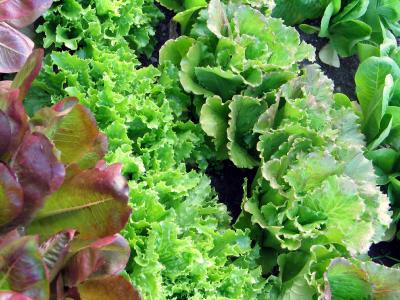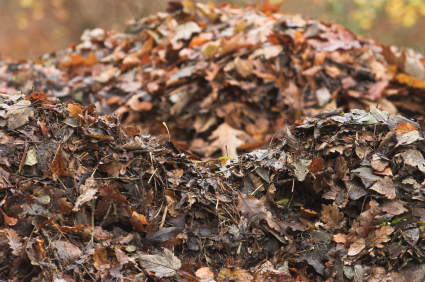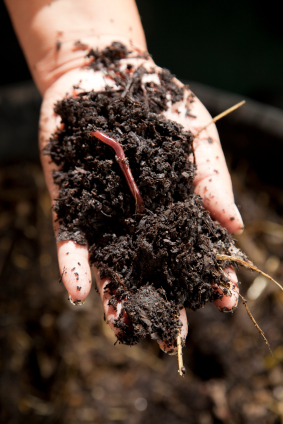 Loading... Please wait...
Loading... Please wait...
WE DELIVER! 6328140854
Pages
- Home
-
Consult/GetAdvice
- Workshops
-
Grow your Own Food
- About Us
-
Blog
-
Learn
- Why you should be eating Slow Growing, Heritage Breed, Pasture-raised Chickens
- The Philippine Cattle Industry: An Introduction
- Biodynamic Food: Healthier & Tastier
- Grass Fed Beef v. Imported v. Grain
- Understanding Meat Terms: Grass Fed, Pastured and Organic
- Pasture-raised v. Free-range Chickens
- Questions to ask to ensure you're buying Grass Fed Beef
- Storing and Handling Beef
- Cooking Grass Fed Beef to Perfection
- Cooking Grass Fed Steak
- Grass Fed Beef: More Health Benefits
- Grass Fed Beef: Lower in Fat, Calories, High in Omega-3s
- Grass Fed Beef: Healthier Meat than Chicken
- FAQ
-
Contact
Building Healthy Soils
- Home
- About Us
- Biodynamic Agriculture
- Building Healthy Soils
| The soil is teeming with life. In a handful of dirt, you will find earthworms, centipedes, beetles, millions of fungi and bacteria, air and water. We truly know that good soil makes bigger and stronger plants. Most of the plant’s nourishment comes from the soil. When they have ample and the right amount of minerals and nutrients from the soil, plants are able to defend themselves from pests and diseases. This is because organic matter feeds the bacteria and fungi in the soil. The bacteria and fungi, in turn, break down the compost into compounds, and minerals, to small portions so the plants can absorb them. Thus, the more minerals and nutrients in the soil, the more the plant can take up. |
|
|
However, improper farming practices have taken a toll on our planet’s soil. We only have thirty percent (30%) of farmable soil left in our planet. Thirty! Our soil is rapidly being depleted. Not only this, nature takes approximately five hundred (500) years to build one inch of top soil and a good crop yield takes an average of six inches of good top soil. How do we destroy our important resource? We lose or contaminate the soil by erosion, pollution, and through the voluminous use of artificial fertilizers, pesticides or herbicides. For example, in conventional farming, pests and disease are controlled with pesticides and herbicides. These chemicals kill the bacteria and fungi, which reduces the mineral content of the soil dramatically. To counteract this, they use a chemical fertilizer that contains only nitrogen, phosphorus and potassium – NPK. Plants can grow with these limited available minerals but they are less nutritious and far more susceptible to disease. It becomes a vicious cycle of more pesticides and more chemical fertilizers to sustain life. This method is especially absurd when you realize that the same effect can occur naturally on its own and provide us with a healthier outcome. |
|
|
We need to recognize the fundamental role of soil in life and know that it is crucial that we maintain and develop our soil’s fertility. How do we respect the soil? Natural farming methods such as biodynamic agriculture and organic farming, when practiced sustainably, nourishes the soil more than it destroys it. Some of the methods we use at the farm for soil fertility are: (1) adding more nutrients to the soil through manure, compost and green waste; (2) using biodynamic preparations made of cow manure, herbs and mineral substances such as quartz crystals (3) suppressing the use of artificial fertilizers and pesticides; (4) using legumes as cover crops. Cover crops protect the soil from wind, water and nutrient loss; and (5) crop rotation because different crops put in or take out different nutrients. Composting; No Artificial Fertilizers Our plants derive more than 90% of its nutrition from our compost and from the vermicast produced by earthworms. In 1991, an American scientist Lawrence Heaney discovered 18 new species of earthworms in the Kitanglad ranges including the “blue earthworm ” that can only be found in the Philippines. They have played an essential role in maintaining the ecosystem of the Kitanglad ranges for ages. Among their many benefits, these earthworms help cultivate the soil and also serve as food for local mammals living around Mt. Kitanglad. Our earthworms are carefully bred and multiplied on plant beds. The bed is made of vegetanle and flower waste, shredded leaves, aged manure, chopped up stems and dead seaweed, plants, compost and sawdust. These materials found as waste around the farm provides nutrients and nourishment needed by worms. We always use organic or biodegradable materials, as all things in the system must naturally and easily decompose. This in turn, encourages and promotes the growth and multiplication of earthworms. Do note that earthworms are very sensitive and any harmful chemical can easily harm and kill them. The earthworm’s body is covered with Chemoreceptors (Chemoreceptors are tiny sense organs which detect chemicals in the soil. These organs are responsible for how the earthworms taste their surroundings.) Because of this symbiotic relationship, the farm ensures that the soil is substantially chemical free, which in turn, ensures that we have beneficial earthworms that provide nutrients. Eventually, what we have is rich compost, a very healthy soil and happy creepy crawlies that can’t help but multiply. We also do green manuring. This is a method of sowing legumenous seeds onto our soil like monggo, tapilan, patani, mimosa and golium, or a combination of grasses and legumes. We then cut the legumes/grasses before they flower by cutting, brushing or shredding. The shredded leaves or grasses are then included in the plant beds. These beds are later used for planting or transplanting. |
|
|
Use of Biodynamic Preparations; No pesticides Biodynamic preparations enhance the entry of microorganisms into our soil. By applying the homeopathic remedies (prepared 500) into our compost and soil, we activate the biological processes in the compost, such as convert organic matter to humus, without losing the elements in the soil/compost. Another reason for biodynamic preparations (ie. 501) is to increase the ability of our plants to utilize light from the sun. These preparations are made of manure, herbs and clear quartz crystals. |
|
|
Legumes as Cover Crops Intense cultivation digs up vegetative covers of the soil, removing the soil’s umbrella from too much rain. When we dig up trees, grasses and roots that surround our farm, to give way to our crops, we shoo away nature’s defenses. Our farm has a lot to learn but we have started some methods that simulate the marvelous processes of nature. One way to hold back flood is to restore the vegetation in our soil. We do this through cover cropping (aside from crop rotation and using bulky organic manure.) We cover our crop beds with the leaves of legumes, which provide nitrogen, micro nutrients and organic matter. We use nitrogen-fixing and leguminous plants that are native to our farm, that form symbioses with nitrogen-fixing bacteria called rhizobia. These are plants that modern farming would have otherwise deemed as weeds. These plants as a viable source of fertilizer. Also, the cover crops provide habitat for beneficial insects, keeping pests very low. Also, to prevent the water from running off, we plant nitrogen-fixing legumes and calla lilies beside the water canals in between our greenhouses. These legumes and lilies act like buffer zones to slow down run off and trap the soil, so that these are not washed out by the rain. Our canals are dug at critical places on a slope so excess water falls into the canals, and through the natural contours of the land, the excess water irrigates the plants in the beds. |
|
|
Crop Rotation and Intercropping We follow crop rotation for our cropping patterns, alternating the crops that grow on our soil. We rotate the type of crops, distinguishing crops as those that are light feeders and heavy feeders. While following crop rotation, we also have some of our beds rest and do sheet composting (spreading manure or shredded grass on the beds and tilling the soil.) |
 |
By following these processes, our soil structure has greatly improved. We have more porous, darker and heavier roots for our plants. Our soils have more macro and micro organisms. More importantly, we have healthier plants, animals, and a thriving unified ecosystem in the farm.

 Healthy Soil, Healthy Plants
Healthy Soil, Healthy Plants Dead leaves are used for compost
Dead leaves are used for compost Earthworm castings as fertilizer
Earthworm castings as fertilizer Mulching retains the soil's nutrients
Mulching retains the soil's nutrients